How to Optimize WordPress Titles and Meta Descriptions for SEO
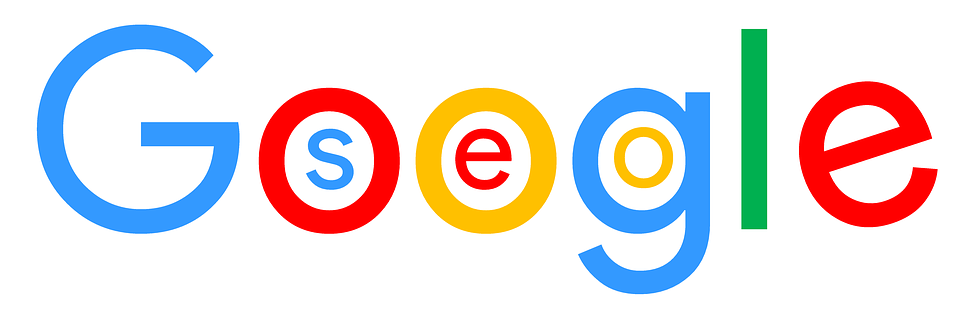
Optimizing your WordPress website’s titles and meta descriptions is essential for improving search engine rankings and attracting clicks. These elements are the first things users see on search engine results pages (SERPs) and can significantly influence your site’s click-through rate (CTR) and overall traffic. Here’s a comprehensive guide to optimizing WordPress titles and meta descriptions for a Western audience.
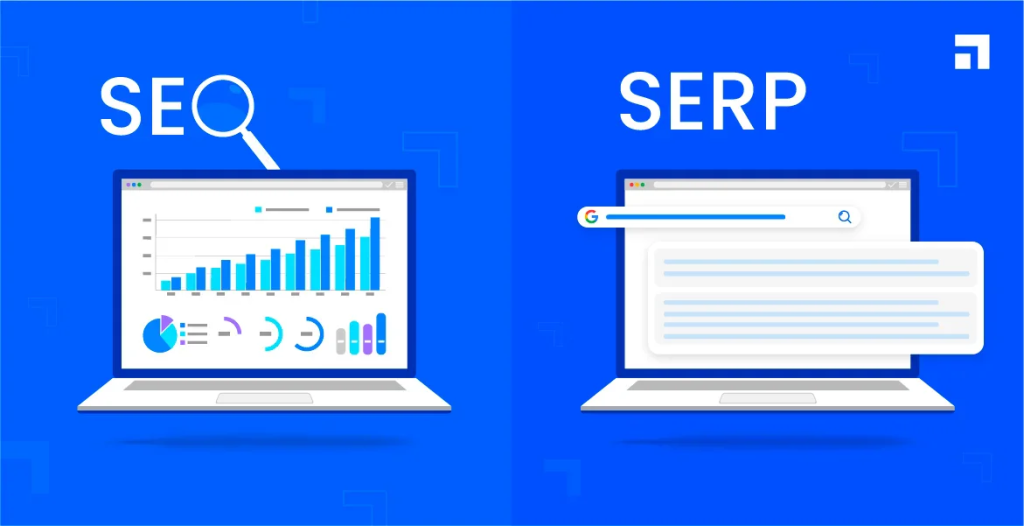
Title Optimization
The Importance of Titles
The title is often the first thing that catches the attention of both search engines and users. A well-crafted title defines the page’s topic and impacts CTR. A good title should be concise, include the target keyword, and encourage users to click.
Include Target Keywords
Incorporating primary keywords into the title helps search engines understand the page’s content, improving its ranking. However, avoiding keyword stuffing is essential; the placement should feel natural.
Example:
- Good Title: How to Optimize WordPress Titles and Meta Descriptions for SEO
- Wrong Title: WordPress SEO Title Optimization, WordPress Meta Description Optimization
Optimal Title Length

Search engines generally display the first 50-60 characters of a title. Keeping your title within this range ensures that it is fully displayed on SERPs, improving user experience and maintaining your message’s impact.
Enhancing Click-Through Rate
A compelling title does more than improve rankings; it attracts more clicks. Consider these strategies for creating engaging titles:
- Use Numbers: “10 Tips for Optimizing WordPress Titles for SEO”
- Ask Questions: “How Can You Optimize WordPress Titles for Better SEO?”
- Use Action Words: “Boost Your WordPress SEO: Optimize Titles and Meta Descriptions”
Include Brand Name
Adding your brand name to titles can help boost brand awareness and establish trust. Typically, the brand name is added at the end of the title for better visibility.
Example:
How to Optimize WordPress Titles and Meta Descriptions – OpenByt
Meta Description Optimization
The Importance of Meta Descriptions

The meta description summarizes your page content that appears in search results. While it may not directly impact ranking, it significantly affects CTR. A well-crafted meta description should accurately summarize the page and include the target keyword.
Length and Format
The optimal length for a meta description is between 150-160 characters, ensuring it displays fully on SERPs. Meta descriptions should be written in the third person and focus on highlighting the main points of the page concisely and engagingly.
Use of Target Keywords
Incorporating target keywords naturally into the meta description helps improve relevance and attract user clicks. However, avoid keyword stuffing and ensure that the description flows smoothly.
Add a Call to Action (CTA)
Including a call to action in the meta description can encourage users to click. Words like “Learn more” or “Click to see” can increase engagement.
Example:
- Before Optimization: Our website offers WordPress optimization services.
- After Optimization: Learn how to optimize WordPress titles and meta descriptions to improve SEO and boost click-through rates!
Unique Meta Descriptions for Each Page
Each page’s meta description should be unique. Duplicating meta descriptions can confuse search engines and diminish your SEO performance. Crafting unique descriptions helps users and search engines understand the distinct value of each page.
Using Plugins for Optimization
WordPress offers several plugins to simplify SEO, allowing you to manage titles and meta descriptions effectively.
Yoast SEO Plugin

Yoast SEO is one of the most popular SEO plugins for WordPress. It provides a user-friendly interface for editing titles and meta descriptions. Once installed, you’ll see fields for titles and meta descriptions in the page and post editor, along with suggestions for improvement.
All-in-One SEO Pack Plugin

All in One SEO Pack is another powerful plugin with similar functionality. It helps users optimize titles and meta descriptions and offers features like auto-generating meta descriptions, which can save time.
Practical Optimization Examples
Let’s look at a practical example of optimizing a title and meta description for a WordPress blog page with the target keyword “WordPress SEO Optimization.”
Original Version:
- Title: My Blog Post
- Meta Description: This is my blog post about WordPress.
Optimized Version:
- Title: How to Perform WordPress SEO Optimization – A Practical Guide to Boost Traffic
- Meta Description: Learn how to optimize your WordPress website, improve SEO rankings, and increase clicks. This guide provides detailed steps and tips for success!
Monitoring and Adjusting
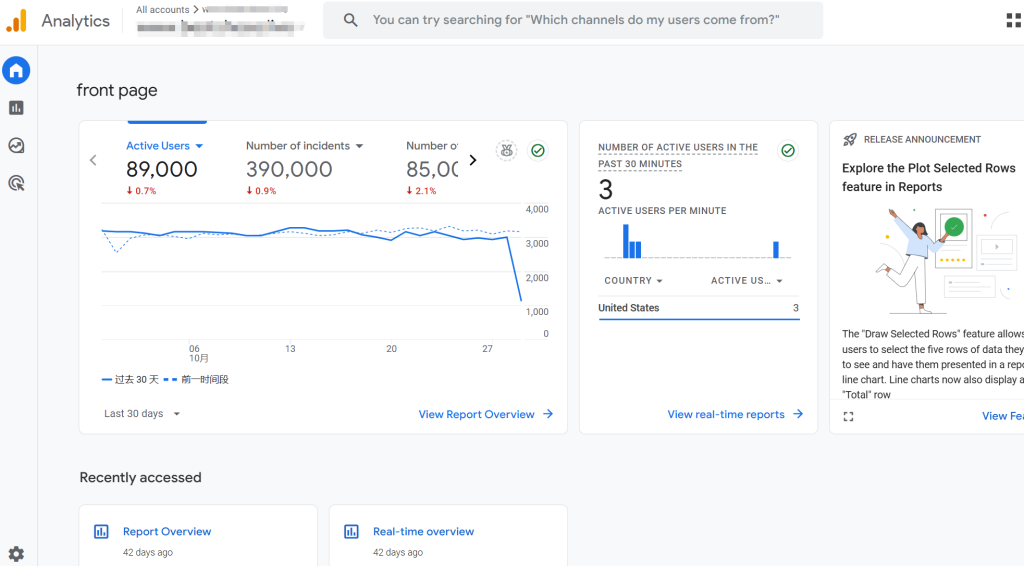
Optimization is an ongoing process, and monitoring and adjusting your titles and meta descriptions is essential. Tools like Google Analytics and Google Search Console can help track the performance of these elements and make data-driven adjustments. For Chinese search engines, consider using tools like Baidu Analytics and Baidu Webmaster to track and refine your optimization efforts.

Conclusion
Optimizing your WordPress titles and meta descriptions is crucial in improving search engine rankings and increasing user clicks. You can significantly boost your optimization efforts by incorporating target keywords, maintaining optimal length, enhancing engagement, using brand names, and applying SEO plugins. Additionally, continuously monitoring and adjusting these elements is critical to long-term success.
Following these best practices will enhance your site’s visibility on search engines and improve its appeal to users, leading to higher traffic and better SEO outcomes.


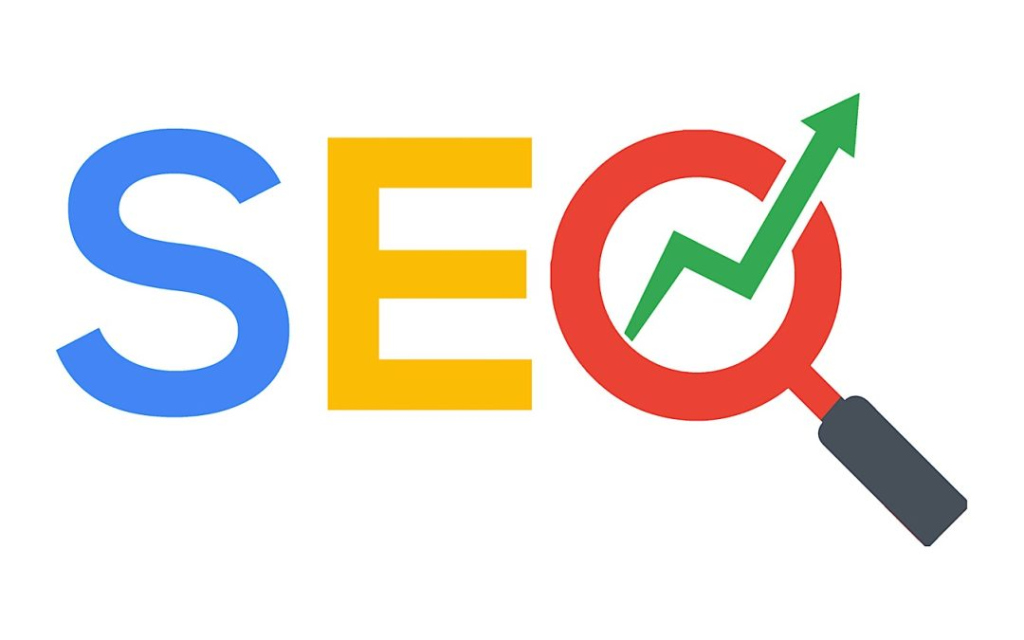
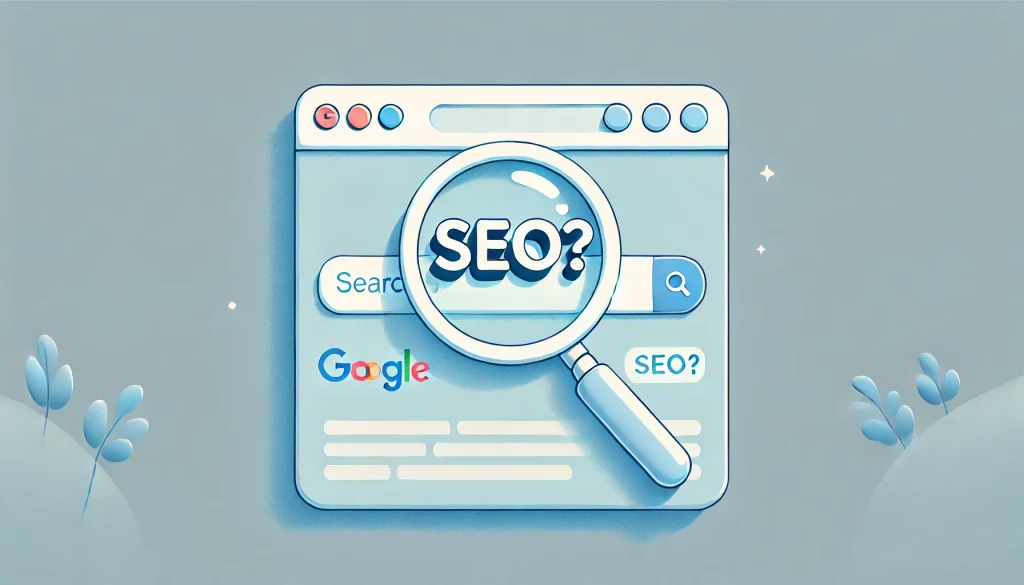

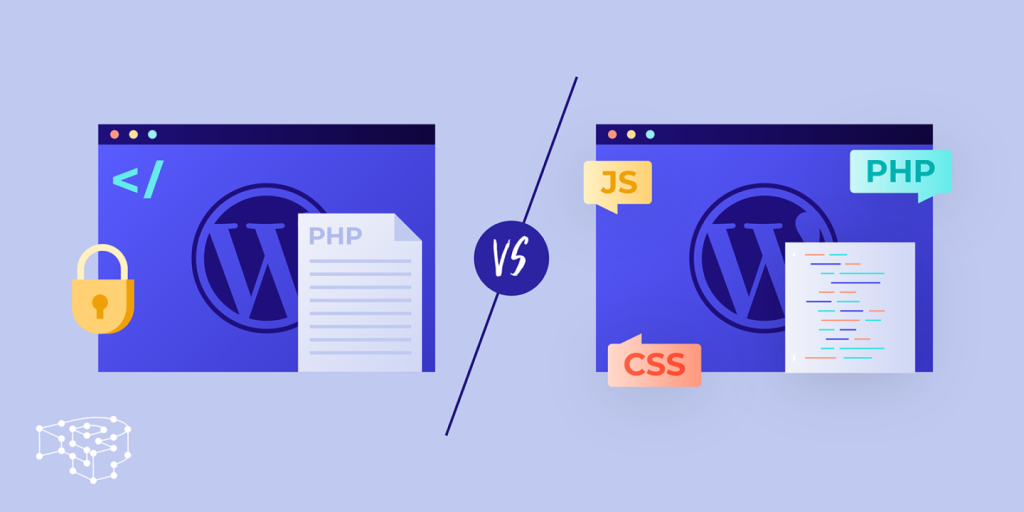

Responses